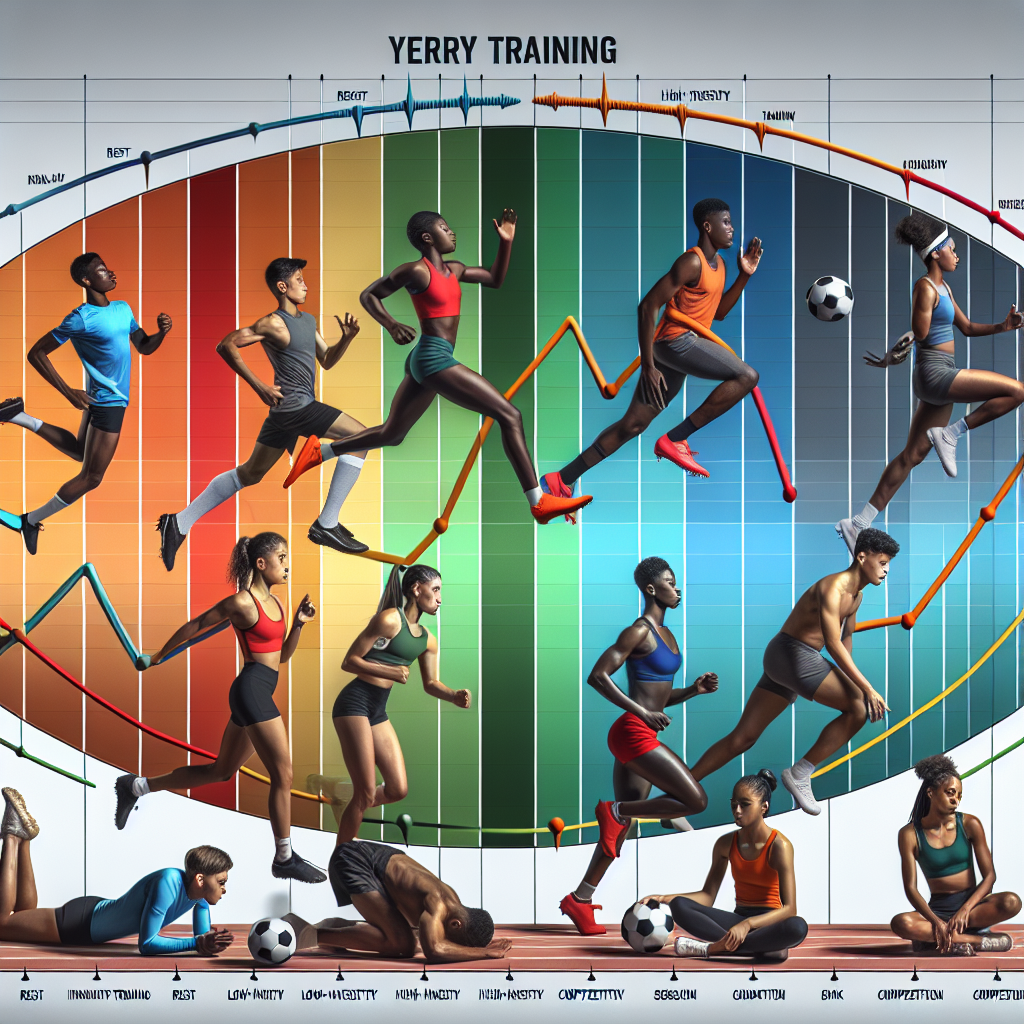Creating a Periodized Yearly Training Plan to Reduce Injury Risk in Youth Athletes
In the competitive realm of youth sports, it’s crucial to establish a training regimen that not only enhances performance but also reduces the risk of injuries. One effective approach to achieving this is through training periodization. This method allows coaches and trainers to map out a comprehensive yearly training plan, ensuring that young athletes develop their skills safely and sustainably. In this blog post, we’ll explore how to create a periodized training plan that keeps youth athletes healthy and thriving throughout the season.
Understanding Training Periodization
Training periodization refers to the systematic planning of athletic training to maximize performance over specific time frames while minimizing the risk of injuries. The central idea is to break down the training year into distinct phases, each having specific goals, intensity levels, and recovery periods. This structured approach can help prevent overtraining and allows for peak performance when it matters most.
Benefits of Training Periodization for Youth Athletes
- Injury Prevention: A well-structured periodized plan helps in minimizing the risk of overuse injuries, which are common in young athletes due to their still-developing bodies.
- Skill Development: Periodized training ensures that athletes have dedicated time to focus on both skill acquisition and conditioning, allowing for well-rounded development.
- Performance Peaks: By strategically planning training cycles, athletes can peak at the right time for competitions, leading to better performance.
- Increased Motivation: Structured training plans keep the training fresh and engaging, preventing burnout and maintaining athletes’ enthusiasm.
Phases of a Periodized Training Plan
To create an effective yearly training plan, it’s vital to understand the different phases of training periodization. Here are the primary components:
1. Off-Season
The off-season is the ideal time for recovery and building a solid foundation. This phase focuses on:
- Enhancing general physical preparedness (GPP).
- Incorporating strength training and conditioning exercises.
- Addressing any muscle imbalances or previous injuries.
2. Pre-Season
As athletes prepare for competition, it’s important to shift focus towards sport-specific skills and conditioning. Key aspects of this phase include:
- Building sport-specific endurance.
- Incorporating tactical and technical training.
- Gradually increasing training intensity to prepare for competition.
3. In-Season
The in-season phase requires a careful balance between performance, recovery, and injury management. Important considerations include:
- Monitoring athlete workload and implementing recovery strategies.
- Maintaining strength and conditioning with shorter, high-intensity workouts.
- Focusing on game strategy and skill refinement.
4. Transition Phase
This phase allows athletes to unwind and recover after the competitive season. It includes:
- Rest and recovery to aid physical and mental rejuvenation.
- Low-intensity activities that promote enjoyment and engagement with sport.
Key Considerations When Creating a Periodized Plan
When developing a periodized yearly training plan for youth athletes, keep the following considerations in mind:
- Age and Development: Tailor the plan according to the athlete’s age, physical and emotional maturity, and sport-specific requirements.
- Individual Differences: Each athlete is unique; consider their injury history, strengths, and weaknesses when planning their training phases.
- Seasonal Factors: Be mindful of the sport’s seasonality and adjust training loads and focus accordingly.
- Feedback and Adaptation: Maintain open communication with athletes to gather feedback on their workload and adjust the program based on their responses to training.
Implementing Recovery Strategies
For a successful periodized training plan, integrating recovery strategies is essential. Recovery helps prevent injuries and promotes optimal performance. Effective recovery strategies may include:
- Proper nutrition and hydration.
- Active recovery sessions such as light aerobic exercises.
- Regular assessments and adjustments to the training load.
- Communication with athletes to identify signs of fatigue or discomfort.
Conclusion
Creating a periodized yearly training plan is a powerful strategy for reducing injury risk among youth athletes. By incorporating structured phases that focus on development, skill acquisition, conditioning, and recovery, coaches and trainers can help young athletes perform at their best while safeguarding their health. Remember, training periodization is not a one-size-fits-all approach; it requires careful planning, assessment, and adjustments to meet the unique needs of each athlete. By prioritizing both performance and safety, we set the foundation for lifelong participation in sports.



